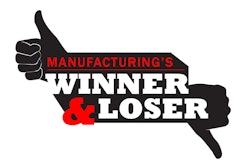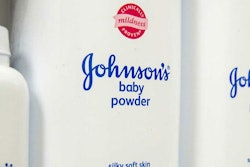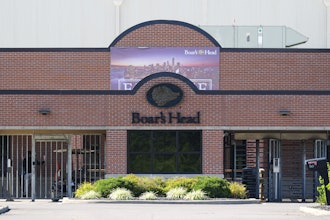Nonconforming product is an inevitable reality within the world of manufacturing. And while we may not be able to prevent nonconformity in its entirety, there are ways to minimize the impact by handling the problem efficiently.
For the sake of the product quality and our industry’s future, we must commit to finding and managing the contributing factors. When an organization neglects to properly analyze the root cause of nonconformity, and becomes too accepting of responses indicating an uncontrollable factor, we have misused the process and potentially crippled our ability to effectively problem solve.
Revive your company’s thought process using Nonconforming CPR. These actions identify and address specific Cultural challenges facing your organization, outline the advantages of Predictability, and how you can use innovation to Redefine a nonconforming product.
Cultural Challenges
Quality is not exclusive to the process of product approval — it also includes the structure of the organization and its processes. When a commitment is made to either a new or existing customer, delivering exceptional service and product is perceived as an obligation. In reality, it is an opportunity to establish a consistent line of communication, using skilled employees to implement a new statement of work (SOW), serve on project teams, participate with risk analysis or with a new process development.
Manufacturing can no longer afford to use lack of experience as an acceptable cause of nonconformity. Currently a leading concern among manufacturing is a skills gap within the workforce. Much of our industry knowledge is comprised of skilled employees who are nearing retirement age. According to the census bureau over 20 percent of our work force will be eligible to retire within the next five years and another 70 percent within the next 10 years. Those very same employees are typically the individuals assigned to projects where industry knowledge is imperative.
Successful actions have been taken within our organization to share this knowledge among employees. First, create a cohesive environment by establishing a continuous cycle of learning. Consider pairing a less knowledgeable individual with an employee who is skilled within your industry. Skilled employees possess the tacit knowledge in which the industries are at risk of losing.
When creating a cohesive environment, the intent is not only to train, but to develop a mentoring relationship, which presents opportunity for the tacit knowledge to be shared. This cycle creates opportunity for “trainee” to become the mentor, passing on the knowledge they have been taught.
Consider taking this shared learning further by expanding it beyond departmental focus to include processes development. When employees understand how their performance is vital to the process in its entirety, it will create a sense of pride in workmanship. The mindset shifts from obligation to opportunity and turns into passion.
Predictability
Make continuous effort to establish predictability to lessen the probability. Predictability consists of many variables including knowledge of raw materials, manufacturing processes and product handling. An organization is most successful in determining predictability when it keeps and uses records of previous trial and error results.
The more variables added within a process, the greater the risk for nonconformity, decrease in throughput and added cost. Predictability is attainable with consistent commitment to the process.
Many have used the knowledge learned from process predictability to implement various process improvements such as a Kanban system. Essentially a Kanban system reduces the amount of variables for a given process which, in turn, results in reduced internal cost, lessens nonconformity, and provides an opportunity to gain competitive advantage.
Organizations leading our industry are those who commit their efforts to continually growing their greatest assets, improving manufacturing methods and achieving excellence every single time. But not everyone can do that.
Predictability allows us opportunity to eliminate doing the same “wrong” thing time and time again. Use prediction as a tool to analyze behavioral process, become more technologically advanced, and lead your organization to manufacturing success.
Redefine Nonconforming Product
Manufacturers are continually challenged to be skillfully innovative to minimize the impact of costs, loss of production and resources. We must find ways to redefine nonconformity, whether in an existing or new product line, redirecting the process in work or appealing to a new target market. Redefining the product can minimize the impact and at times can still result in profit.
My organization tackled this problem recently. I work for the largest rubber band manufacturer in the U.S., and generally, when a good product is “pinged” from a production line, it was destined for the scrap bin. We decided to see if we could take these bands of all different colors and sizes, wash and pack them, and sell them in packs. This created a popular product from something we would have normally thrown out.
In your organization, identify processes or products where the greatest amount of loss occurs. Next, utilize your people and equipment capabilities to consider a nontraditional approach or concept to minimize costs or even possibly earn profit. Think outside the box. Go beyond how your organization performs today and think beyond the challenges of quality we face tomorrow. Now choose to plan for what may have once been unexpected.
Nonconformity is a reality within manufacturing, regardless of industry. When your organization proactively addresses the issue, you will be prepared to succeed. Use this CPR method to transform problems into possibilities.
Amy Williams currently serves as QMS and implementations manager at Alliance Rubber Company.























